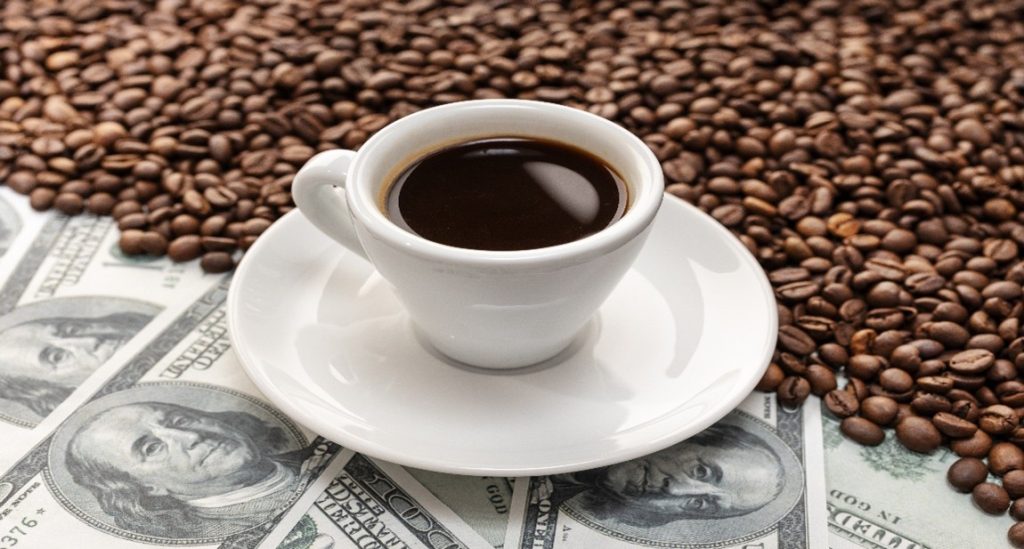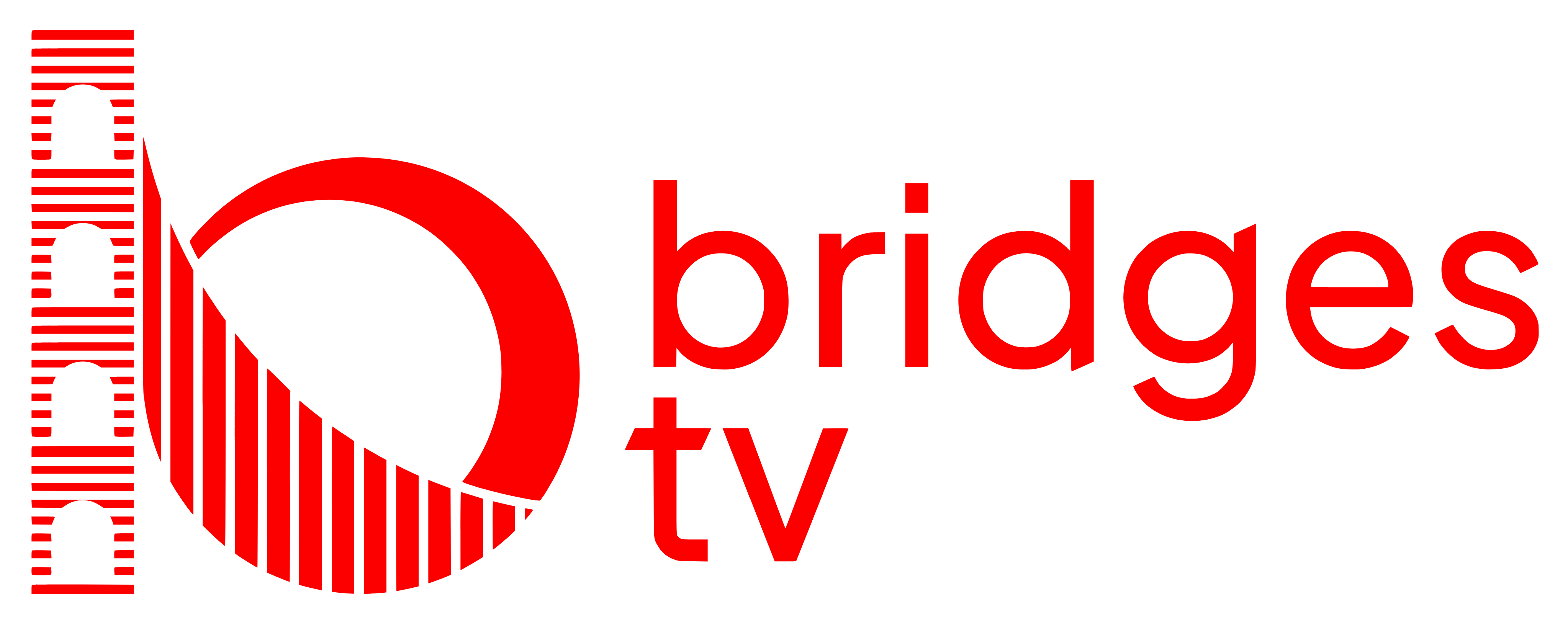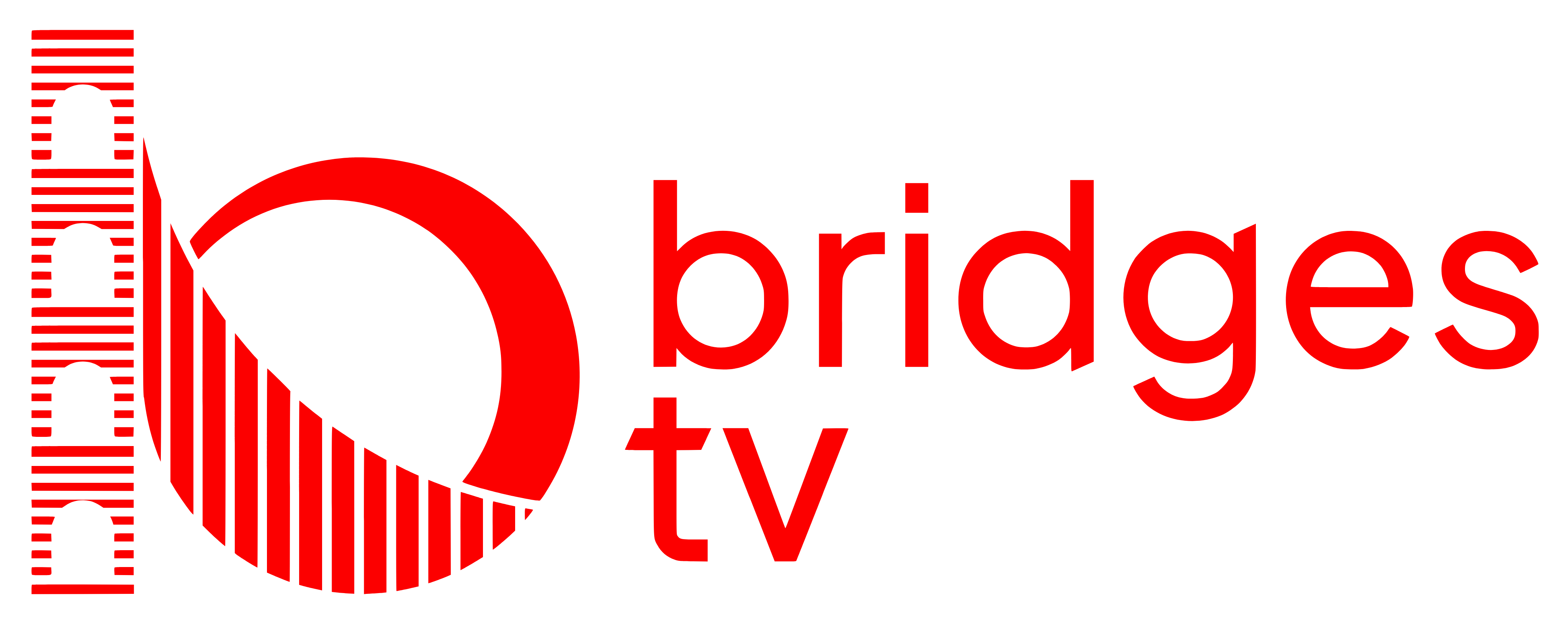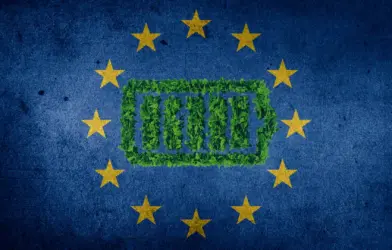The humble coffee breaks, once a quick and affordable energy boost, are becoming more expensive across Europe in 2025. From bean production to serving, each stage of the supply chain has become more costly, and the rise in coffee prices reflects broader economic trends.
Global Bean Prices: A Supply Shock
Global bean prices are rising. Weather extremes in Brazil, Vietnam, and Colombia, the world’s top coffee growers, have cut yields and driven up wholesale prices. Europe, which imports nearly all of its coffee, feels the shock immediately. Importers are paying more, and cafés have little choice but to pass the costs to customers.
Energy and Transport Costs
Energy adds another layer. Coffee travels long distances from producing regions in South America, Africa, and Asia before reaching European markets. Rising freight rates, port congestion, and higher fuel costs add to the expense of moving beans across continents. Additionally, roasting, packaging, and transporting coffee depend on stable energy markets. But gas and electricity costs in Europe remain volatile, shaped by global oil prices and the ongoing transition to renewables. Even small spikes make roasting plants and distributors more expensive to run.
The Price of Sustainability
Packaging is not cheap either. Europe’s push for more sustainable materials is reshaping the way drinks are served. Compostable cups, paper lids, and eco-friendly packaging are better for the environment, but they cost more than plastic alternatives. For chains selling millions of cups a year, this makes a difference in pricing.

Changing Consumer Habits
On the demand side, coffee culture itself is adding pressure. Younger generations across Europe have fueled a boom in specialty coffee, favoring higher-quality beans, plant-based milk alternatives, and artisanal preparation methods. This demand has encouraged cafes to stock more expensive products, raising the baseline cost of a cup. As prices rise across the board, even consumers who regularly select premium options are increasingly exposed to higher costs.
Inflation, Urban Rents, and Everyday Costs
Finally, urban rents and inflation pressures filter down into people’s daily espresso intake. Rising real estate costs in major European cities means cafes spend more just to keep their doors open. Add in higher milk prices — another global market with its own supply challenges — and it is clear why morning latte feels heavier on the wallet.

Uncertain Future for the Market
Looking ahead, the coffee market is likely to face continued uncertainty. Rising demand, changes in transport costs, and energy price volatility will all influence future prices. Europe’s reliance on imports makes it especially sensitive to these shifts, meaning that the cost of a coffee break may remain unpredictable for years to come.
For millions of Europeans, coffee is more than a drink. It is part of daily routine, workplace culture, and social connection. As the cost of a break rises, it reminds us how interconnected global agriculture, energy, labor, and policy are.














